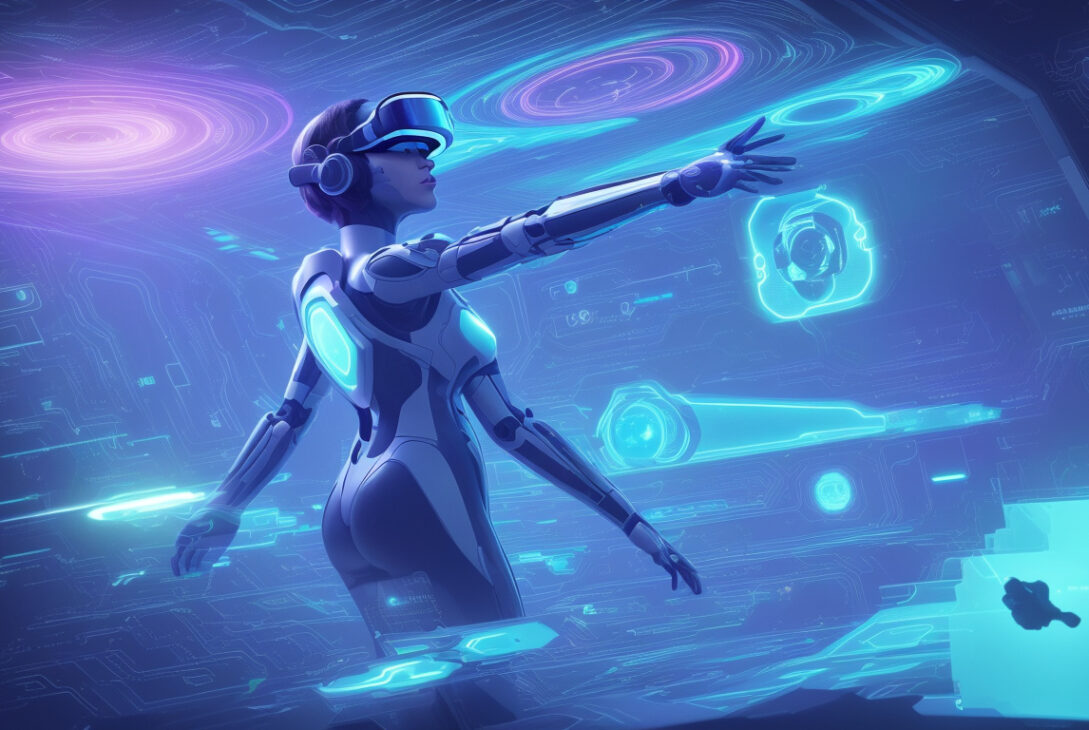Technology Still Demands a Story: Exploring the Future of Narrative in Journalism
By Mark Armstrong
September 12, 2025 – Nieman Storyboard
Thirteen years ago, multimedia journalism took a leap forward with the release of “Snow Fall,” a groundbreaking New York Times story by John Branch that chronicled a deadly avalanche at Washington’s Stevens Pass ski area. Using a combination of video loops, animated 3D maps, and elegant storytelling, the piece captivated audiences and earned both a Peabody Award and a Pulitzer Prize. Beyond its accolades, “Snow Fall” ushered in a new era of interactive longform journalism that demonstrated how technology could deepen engagement and bring stories to life in unprecedented ways.
However, the rise of dazzling visuals and interactive elements also sparked a debate: When do such elements enhance storytelling, and when might they distract from the narrative? This ongoing tension illustrates that no matter the tools or innovations available, technology in journalism must serve the story—not overshadow it.
Pushing Boundaries with Sensitivity and Creativity
Recently, a new interactive story titled “There’s No Place at Home: A Mother and Her Trans Teen Decide to Leave the U.S.” rekindled that same sense of awe inspired by “Snow Fall.” This innovative piece does more than just complement its written narrative with visuals and interactive design; these technological elements are integral to how the story unfolds.
The story presents unique challenges—portraying a deeply personal and sensitive mother-and-teen dynamic while maintaining the privacy and anonymity of the individuals involved. Rather than seeing these constraints as limitations, the story’s creator embraced them as a springboard for immense creativity.
Insights from Sam Wolson: Let the Story Lead the Way
Sam Wolson, Interactives Visual Features Editor at The New Yorker and the mind behind this recent work, brings a wealth of experience across photography, documentary filmmaking, and cutting-edge interactive storytelling. With Emmy and Peabody Awards to his name, Wolson has contributed to The New Yorker, The New York Times, and National Geographic, always emphasizing one core principle: the story itself must dictate the medium.
In a recent conversation on the Nieman Storyboard podcast, Wolson reflected on a common pitfall in frontier technology storytelling:
“It’s got to come from the material. Sometimes people get excited about a new tool and try to shove a story into it, which often results in a tech demo without depth. I’m very driven by the story and the ideas as the starting point—it has to be the guiding light.”
This philosophy ensures that technology enhances rather than overshadows the work, preserving journalism’s narrative heart while exploring new modes of expression.
More Reflections on Storytelling and Journalism
Alongside Wolson’s insights, the latest Nieman Storyboard edition shares several thought-provoking pieces about the craft of storytelling:
-
Seeking Simplicity in Writing: Tommy Tomlinson revisits the challenge of writing with clarity and simplicity, emphasizing that choosing plain language often demands more skill than crafting elaborate prose.
-
Rethinking Objectivity: Lisa Armstrong’s essay in Columbia Journalism Review examines how strict neutrality may constrain journalists, urging reporters to provide context, history, and critical analysis rather than mere facts delivered in isolation.
-
The Art of the Interview: Philadelphia magazine celebrates 50 years of Terry Gross’s Fresh Air, highlighting how narrative structure in interviews can reveal compelling stories through a balance of guidance and openness.
-
Crafting Effective Endings: A conversation at Transom.org explores various techniques for concluding audio stories, underscoring the importance of a strong finish for audience impact.
Looking Ahead: Storytelling’s Next Frontier
The evolution of journalism technology—from immersive visuals to interactive design—continues to expand the possibilities for connecting audiences with vital, human stories. As Sam Wolson’s work demonstrates, when storytellers let the narrative lead and use technology as a tool rather than a showcase, the resulting journalism resonates more deeply.
The Nieman Storyboard community remains committed to exploring this intersection of story and medium, inviting journalists and creators to keep innovating while honoring the timeless power of story.
Subscribe to the Nieman Storyboard newsletter to receive weekly insights into the craft of journalism and storytelling.
About the Nieman Foundation for Journalism at Harvard
The Nieman Foundation strives to promote and elevate the standards of journalism worldwide. Based at Harvard University, the foundation supports innovative storytelling through fellowships, reports, labs, and the Nieman Storyboard platform.
For more information, visit nieman.harvard.edu.
Photo credit: Stevens Pass Ski Area, photo by Martin Bravenboer via Wikimedia Commons.










